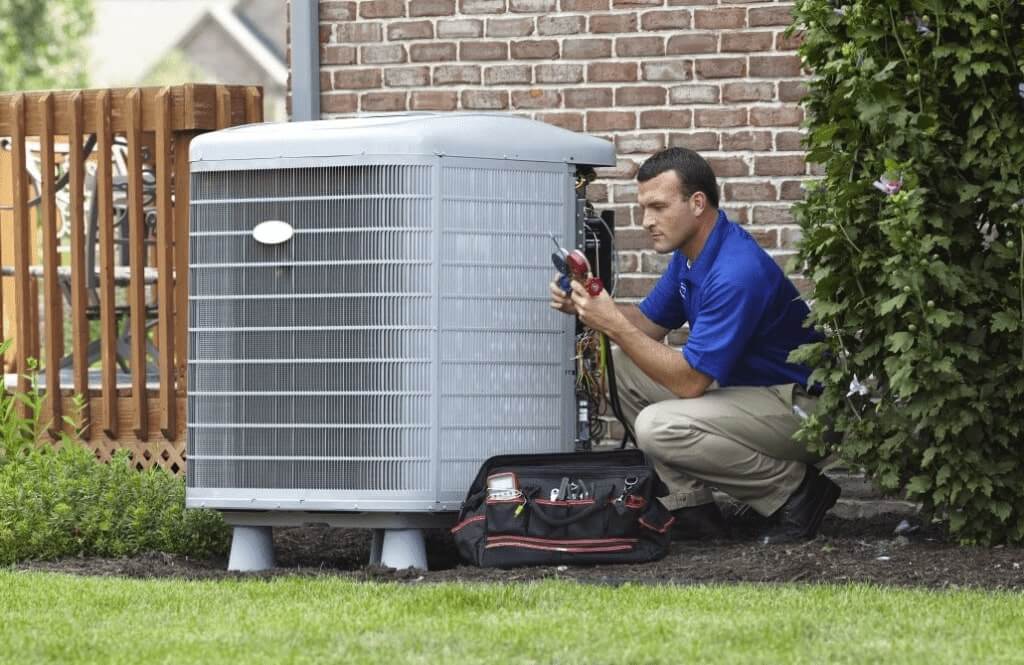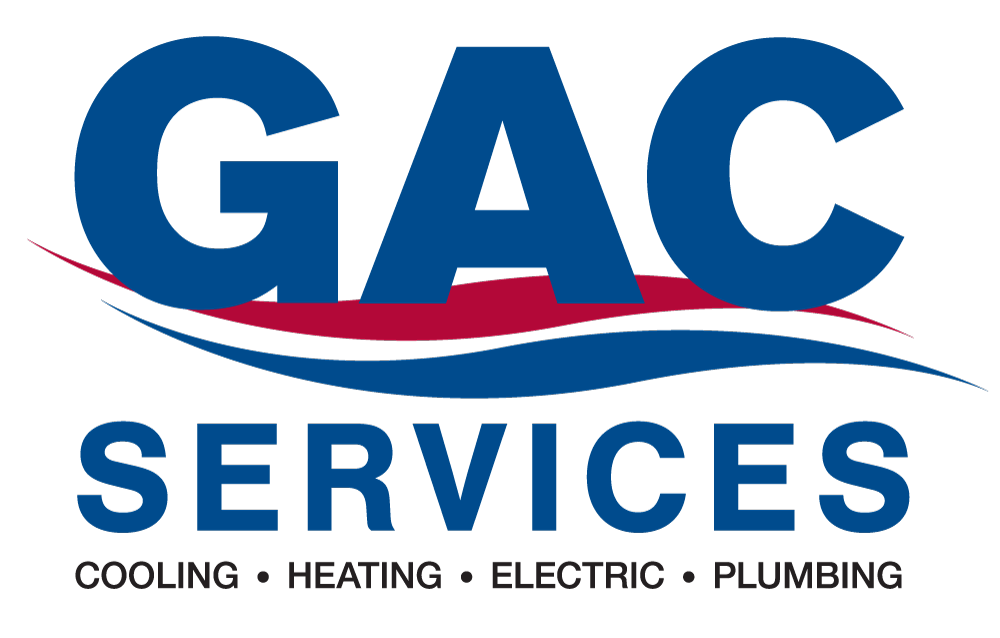Even though air conditioners are expensive yet necessary devices, they still run into problems every now and then when maintenance is neglected. However, there are some instances where you may think your AC unit is malfunctioning when it actually just needs to be taken care of properly or even just used correctly.
Our technical experts at GAC Services are here to help you make sure you are getting the most out of your air conditioning system, which is why we’ve compiled this basic AC troubleshooting guide to help you. Whether you find that your unit needs to be cleaned or it’s not calibrated to the proper settings, we hope these tips will help you avoid unnecessary repairs.

8 AC Troubleshooting Steps
When your air conditioner starts to act up, you may think you need a professional technician to come and service your unit. However, in some cases, you are just wasting your time and money.
We have noted some of the common oversights that homeowners have taken when handling their AC units and have given you tips on how to navigate certain situations if they occur.
1. Make Sure the Unit Is on the Correct Setting
When troubleshooting an AC unit, start by making sure that your air conditioner is set to the correct mode. While this may seem like a no-brainer, it’s easy to overlook this step, causing your air conditioner to blow warm air. Take a moment to check that your thermostat is set to the “cool” position. Doing this can prevent unnecessary concerns and ensure that your AC unit is operating the way you need it.
2. Look at the Thermostat Temperature
Another reason why your air conditioner may not be providing you with adequate cool air is that your thermostat is set to a temperature that is too warm. Ensure that your thermostat is set to a level that is cool enough to activate the cooling function. Even a slight drop in temperature can make a world of difference.
3. Check If the Blower Door Is Closed
The blower motor is the air conditioner part that pushes the cool air out of the unit. Check to see if the blower’s door is completely closed. A partially open door can disrupt the airflow and cause your equipment to run inefficiently. If this is the only issue with your unit, simply closing the door can help your AC blow cool air more efficiently.
4. Clean or Replace Your Air Filter
An essential part of any AC troubleshooting checklist is to make sure the air filter is clean. These filters keep your unit and air clean so your home has healthy indoor air quality.
If you notice that your AC’s filters are turning black, then you need to have them cleaned (if they are washable) or replaced. Air filters are fairly inexpensive, so it’s ideal to change them out every three months. By having clean air filters, your unit will be less vulnerable to damage, and you will have cleaner air.
5. Make Sure Your Ductwork Is Connected and Damage Free
Your AC’s ductwork is essential for even air distribution throughout your home. Take the time to inspect the ductwork and confirm that it’s properly connected. Disconnected or damaged ducts can lead to uneven cooling and increased energy consumption.
Addressing any issues with the ductwork is crucial to maintaining the efficiency and effectiveness of your air conditioning system, ensuring consistent and comfortable temperatures in every room.
6. Check the Unit’s Power Source
Whether you need a window or central air troubleshooting guide, it’s never a bad idea to go back to the basics. Simply check the power source of your unit and make sure the AC is plugged in properly.
A loose plug or any type of weak connection can cause your unit to operate incorrectly, harming your its performance. This may seem like a straightforward step, but it’s one that people tend to overlook when facing issues.
7. Ensure the Evaporator Is Clean
It’s important that your entire HVAC unit is clean for it to function properly. The evaporator, in particular, is a crucial component that is responsible for the heat exchange in your AC unit. If you notice a layer of dirt on the evaporator, take the time to clean the component thoroughly. This can help your AC to run more efficiently and provide you with cleaner air.
8. Free the Condenser of Blockages
The last step in this air conditioner troubleshooting guide is to make sure that the condenser is clean and free of obstructions. The condenser provides the AC unit with coolant, so if it’s dirty, your air may not be as cool or clean.
Whether there is a layer of dirt or any other type of debris, you need to remove the contaminants from the unit. Cleaning this grime off of the condenser can help your unit perform better.
It’s important to note that an extremely hot day may have something to do with your AC unit not producing your desired temperature. If temperatures outside are much hotter than normal, your air conditioner may not be able to keep your house as cold as you would like, no matter how efficient it is. Consult with a professional before deciding to replace your AC unit.
We hope that this air conditioner troubleshooting guide will help your AC to run more effectively during the summer months. If you still need assistance with your unit, don’t hesitate to reach out to us at GAC Services. We can help you troubleshoot your AC problems, no matter how serious they are.
Contact us today if you need air conditioning repairs in Gaithersburg, Montgomery County, Frederick County, Carroll County, or Howard County, Maryland.


